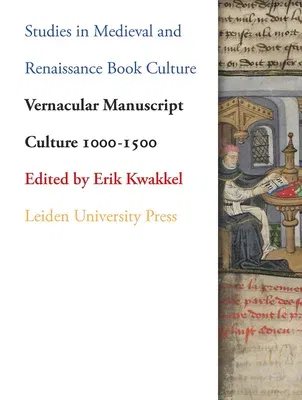Vernacular Manuscript Culture 1000-1500Paperback, 1 March 2018

Qty
1
Turbo
Ships in 2 - 3 days
Only 1 left
Free Delivery
Cash on Delivery
15 Days
Free Returns
Secure Checkout

Part of Series
Studies in Medieval and Renaissance Book Culture
Print Length
272 pages
Language
English
Publisher
Leiden University Press
Date Published
1 Mar 2018
ISBN-10
9087283024
ISBN-13
9789087283025
Description
Product Details
Book Format:
Paperback
Country of Origin:
US
Date Published:
1 March 2018
Dimensions:
18.8 x
14.22 x
2.03 cm
Genre:
Medieval (500-1453) Studies
ISBN-10:
9087283024
ISBN-13:
9789087283025
Language:
English
Location:
Amsterdam
Pages:
272
Publisher:
Weight:
408.23 gm